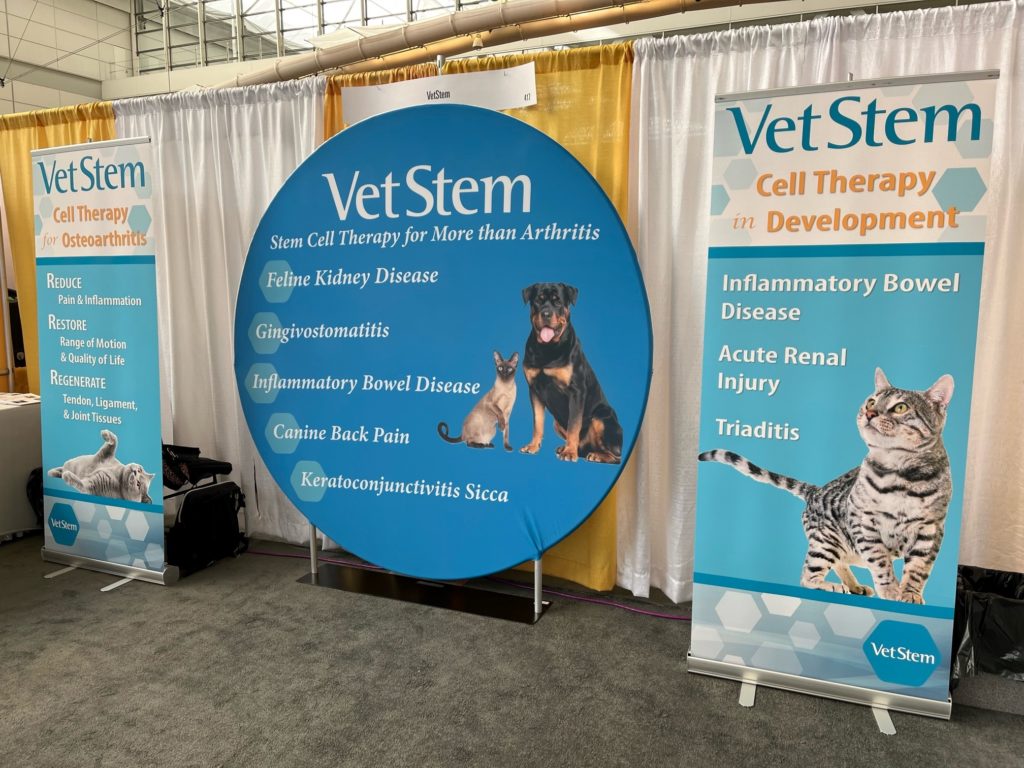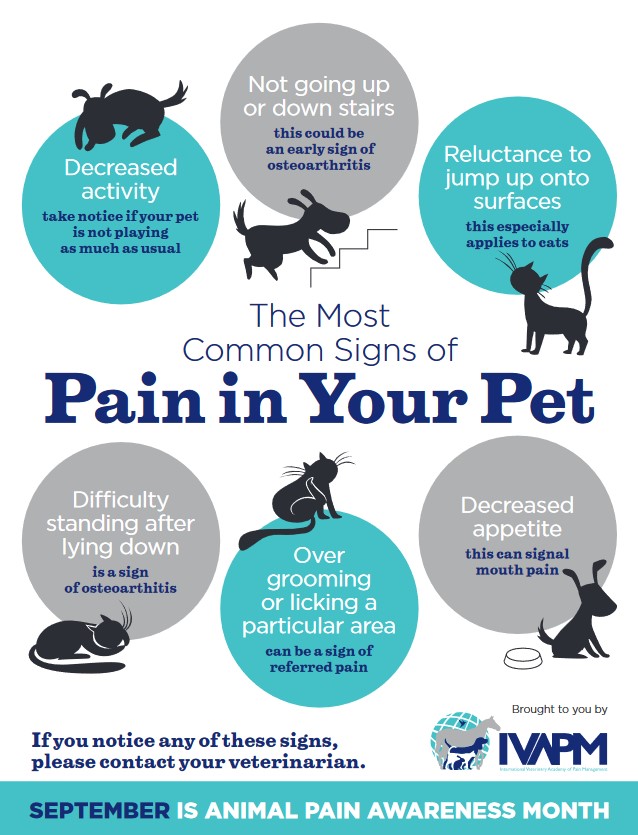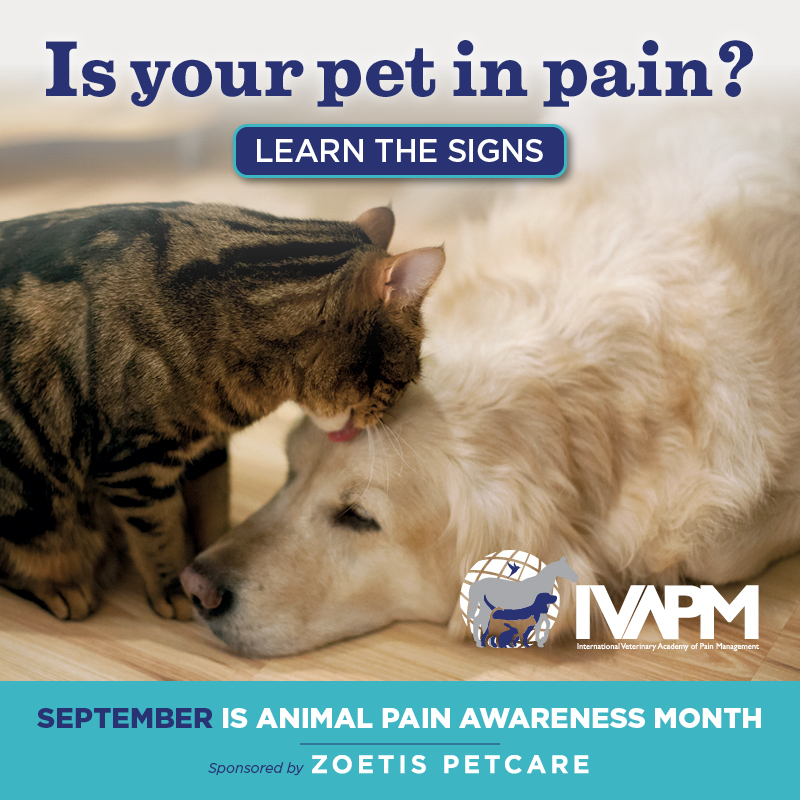One Health Day: Animals Helping People
Today, November 3rd, is One Health Day. According to the One Health Commission, “One Health Day answers the urgent need for a One Health trans-disciplinary approach towards solving today’s critical global health challenges.” At VetStem, we have seen this idea of “one health” in action with the creation of our human company, Personalized Stem Cells, Inc.
Personalized Stem Cells (PSC) was formed in 2018 to bring legitimate stem cell therapies to people. PSC used all of VetStem’s animal data to receive approval for two FDA approved stem cell clinical trials. The first clinical trial was for knee osteoarthritis in people, a condition that numerous dogs have received VetStem Cell Therapy for. The second clinical trial utilized VetStem’s intravenous injection data to receive approval to treat COVID-19 patients. Both clinical trials demonstrated solid safety and preliminary efficacy.
Moving forward, PSC plans to pursue an additional clinical trial for knee osteoarthritis, a traumatic brain injury (TBI) trial, and more! Additionally, PSC has the ability to bank stem cells for potential future use, much like VetStem’s StemInsure program. There are a few different programs through the FDA that may allow patients to access their stem cells.
But One Health has worked both ways for us. Interestingly enough, the success of the COVID-19 trial gave us the idea to use stem cells in the treatment of Elephant Endotheliotropic Herpesvirus (EEHV). EEHV is a lethal viral infection that can cause a highly fatal hemorrhagic disease in elephants. VetStem has provided stem cell doses to several zoos in the United States who had elephants with EEHV and has gathered some promising data.
All of that is to say that at VetStem, we know a thing or two about One Health and we’re happy to bring awareness to this cause.











